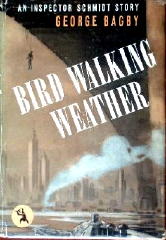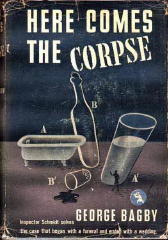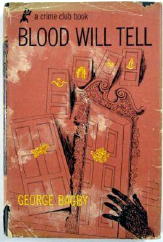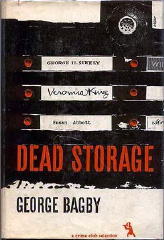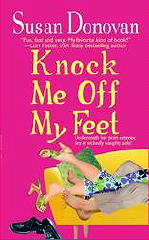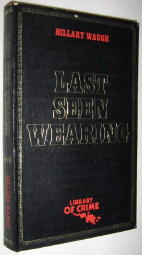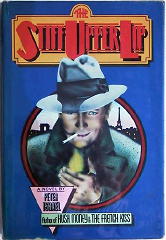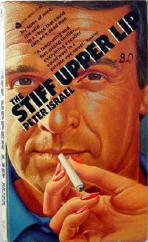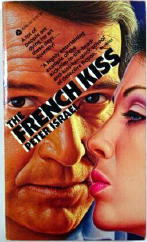Fri 2 Jan 2009
Archived Movie Review: THE PATIENT IN ROOM 18 (1938).
Posted by Steve under Mystery movies , Reviews[6] Comments
THE PATIENT IN ROOM 18. First National Pictures, 1938. Patric Knowles, Ann Sheridan, Eric Stanley, John Ridgely, Rosella Towne. Based on the novel by Mignon G. Eberhart. Directors: Bobby Connolly & Crane Wilbur.

It’s always been a puzzle to me why early Hollywood, with all its marvelous powers of decision making, seemed to consider the term “detective mystery” to be totally synonymous with the word “comedy.”
Not that I’ve ever read the book this half-witted movie was based upon, but even if the story that Miss Eberhart wrote was meant to be light-hearted if not funny, I’m sure that it made some sense, and there’s not a lick of it in this film.
Think of the Charlie Chan films and then the Hildegarde Withers movies and when you have, combine them all together in your mind and throw out the plot. Then you’d have something that would resemble this movie. (If watching B-westerns will turn your mind to mush, watching movies like this will turn it to soup.)
Here’s the story. (If anybody’s read the book, let me know how much resemblance it bears.) As the movie opens, auxiliary police investigator Lance O’Leary (I don’t know what other job title it might be that he has) is having a nervous breakdown, caused by his first known failure on a case, and causing him to go sleepwalking through the streets in a pair of impressively loud pajamas.
Committed to the very same hospital where his girl friend works (head nurse Sara Keate), O’Leary soon finds himself confronted with the mysterious murder of the wealthy patient in room 18, being treated with an external dose of $100,000 worth of pure radium. Which naturally is now missing.

All of the doctors, interns, nurses, wives and other close relatives seem to be having affairs with each other, so even though Lance and the dead man seem to be the only patients in the entire hospital, there are plenty of suspects.
The clues and other evidence are played free and easy with, and oh, did I forget to mention that the murder takes place on a dark and stormy night?
And yet, maybe the Hollywood guys knew what they were doing. I enjoyed this sappy movie anyway. If my brain is now soup, I guess it might be clam chowder. As it happens, I like clam chowder.
[UPDATE] 01-02-09. I don’t remember this movie all that well, but what I do recall seems to agree pretty well with my comments above. I must have taped this off cable TV, as there’s no commercial version of it available right now.
Nor have I been able to come up with any suitable scenes from the movie. The photos of the two main stars are close to the right time period, but that’s about all. (In Ann Sheridan’s case, the photo’s from 1939. As for Patrick Knowles, he looks the right age, but I may be completely off.)















